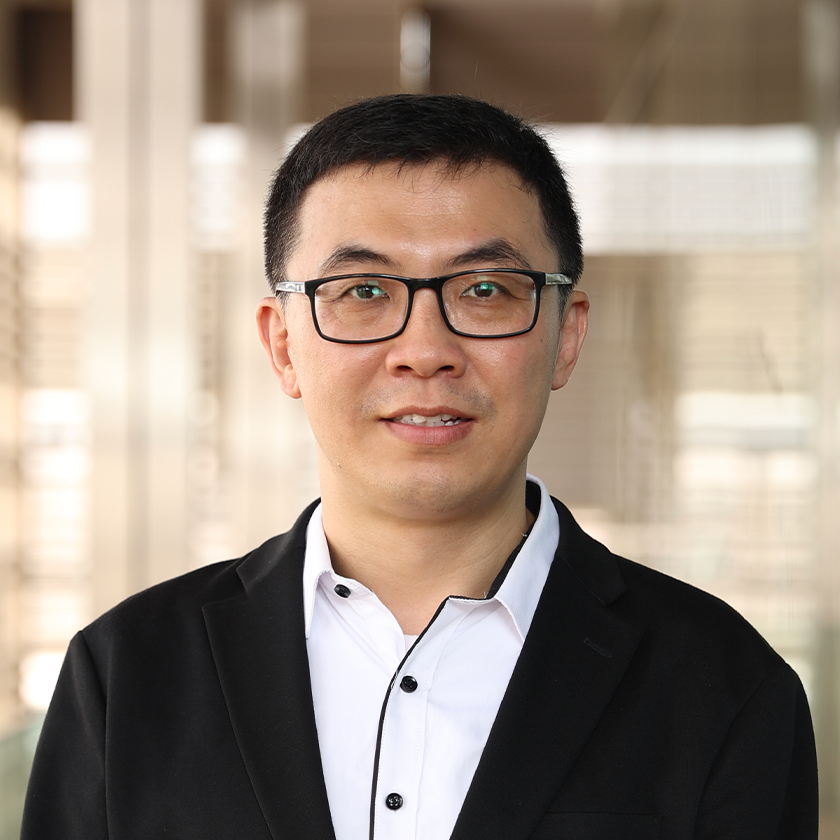
Qiaoqiang Gan
Professor, Materials Science and Applied Physics
Physical Science and Engineering Division
“My group is developing novel applications using green photonics materials and technologiesto tackle global challenges and change people's lives.”
Program Affiliations
Center of Excellence
Biography
Qiaoqiang Gan is a professor of materials science and applied physics at KAUST, internationally recognized for applying photonics to nanoscale and nanostructured materials to solve critical problems in engineering. He directs the Sustainability and Photonics Energy Research Lab (SuPER), which focuses on enhancing the optical energy harvesting and conversion, sensing capability for disease detection by investigating enhanced light-matter interactions and smart sensing mechanisms. Professor Gan joined KAUST in 2021 from the University at Buffalo, State University of New York, USA, where he taught within the Department of Electrical Engineering. He has published more than 120 papers in peer‐reviewed journals such as Nature Sustainability, Nature Rev Clean Tech, Joule, Proceedings of the National Academy of Sciences, Science Advances and Advanced Materials, and received a dozen federal grants totaling more than $7 million, including funding from the National Science Foundation. He holds multiple patents involving solar vapor evaporation and condensation, and hyperspectral spectrometers based on semiconductor nanomembranes.
Research Interests
Professor Gan’s pioneering expertise in fundamental light-matter interactions has led to thedevelopment of low-cost manufacturing processes for optical materials and commercialization ofgroundbreaking technologies. His research focuses on applying the power of nanomaterial andstructure processing and engineering for 1. investigating fundamental light-matter interactionwithin extreme dimensions, 2. developing advanced manufacturing methods, and 3.demonstrating biomedical sensing, energy and environmental sustainability applications enabledby these unique optical phenomena. In particular, his research activities aim to bridge the gapsbetween fundamental investigation, application development and technology transfer.
Education Profile
Ph.D., Electrical and ComputerEngineering, Lehigh University,USA, 2010
M.Sc., Nanophotonics, Instituteof Semiconductors, ChineseAcademy of Sciences, China,2006
B.Sc., Materials Science, FudanUniversity, China, 2003
Awards and Recognitions
Publications
Research Areas
- Material Science and Engineering
- Electrical and Computer Engineering

